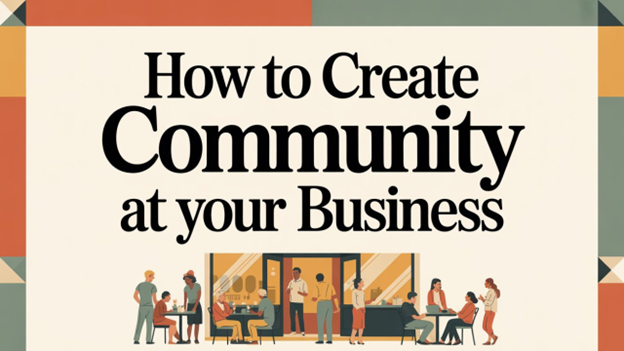5 Genius Ways AI Can Stretch Your Existing Content
Who isn’t feeling the pain of being stretched too thin these days? If you’ve dabbled with AI, you may have cut the time it takes you to do administrative tasks by as much as 26 minutes a day (at least according to a recent survey in the UK). However, it’s possible to do a lot more than that when you move past administrative tasks and see where else you can do more with less.
One of these areas is content. Most businesses are sitting on goldmines of content and don’t even know it. This article will show you five genius ways to get more out of what you already have by repurposing and restructuring the media.
1. Turn Longform Content into Shortform Gold
Feed your existing blog posts, eBooks, or newsletters into an AI tool to extract highlights, tips, or quotes for social media posts.
Creative twist: Use AI to rewrite the same message in multiple tones—professional, humorous, casual—or tailor it for different platforms like Instagram, LinkedIn, or Facebook.
2. Transform Video or Podcast Transcripts into Written Content
AI transcription tools can convert spoken content into text. Use a language model to turn that transcript into blog posts, newsletters, or Q&A articles.
Creative twist: Convert a video transcript into a “Top 5 Takeaways” post, a tutorial, or a visually rich infographic with AI-generated headlines.
3. Create Content for Different Audiences from One Source
Take a general piece of content (like a blog post) and ask AI to adapt it for different member personas such as new members, loyal/engaged members, or industry partners.
Creative twist: Turn one blog post into:
· A beginner’s guide on the topic
· A technical breakdown
· A “pitch” version for partners or press releases
4. Build an Email Series from a Single Piece
Take a detailed guide or blog post and ask AI to break it into a 3–5-part email series, complete with subject lines, CTAs, and value-focused messaging.
Email series can be very effective in helping your content get noticed. People may not take the time to read a 700-word blog post, but if you email the summary points across several days, they’ll get the gist of the message and will most likely remember it better than reading it all at once.
Creative twist: Include AI-generated teaser lines or questions at the end of each email to boost open and click rates.
5. Reimagine Content as Interactive Tools or Experiences
Use AI to turn tips, FAQs, or how-to guides into interactive quizzes, calculators, or chatbot scripts that educate and engage users. Example: Turn a skincare routine blog into a “What’s Your Skin Type?” quiz, or a business checklist into a “Startup Readiness Scorecard.”
The titles you choose for the materials can make the content a lot more appealing. You can even use reimagined, designed pieces as lead magnets. People often won’t recognize it in another format. Speaking of, upload any written content onto NotebookLM and create a podcast on the topic. You can even tell it which parts of the text you want it to pay attention to or avoid.
There are so many things you can do with existing content and marketing collateral you already have. If you can’t think of any creative ideas on how to repurpose those critical pieces, ask AI. Tell it your audience and your goal behind repurposing the content. Then ask it to suggest some ideas to you. You’ll be surprised what it comes up with.
-------------
Christina Metcalf is a writer and women’s speaker who believes in the power of story. She works with small businesses, chambers of commerce, and business professionals who want to make an impression and grow a loyal customer/member base. She is the author of The Glinda Principle, rediscovering the magic within.
_______________________________________
Facebook: @tellyourstorygetemtalking
Instagram: @christinametcalfauthor
LinkedIn: @christinagsmith




